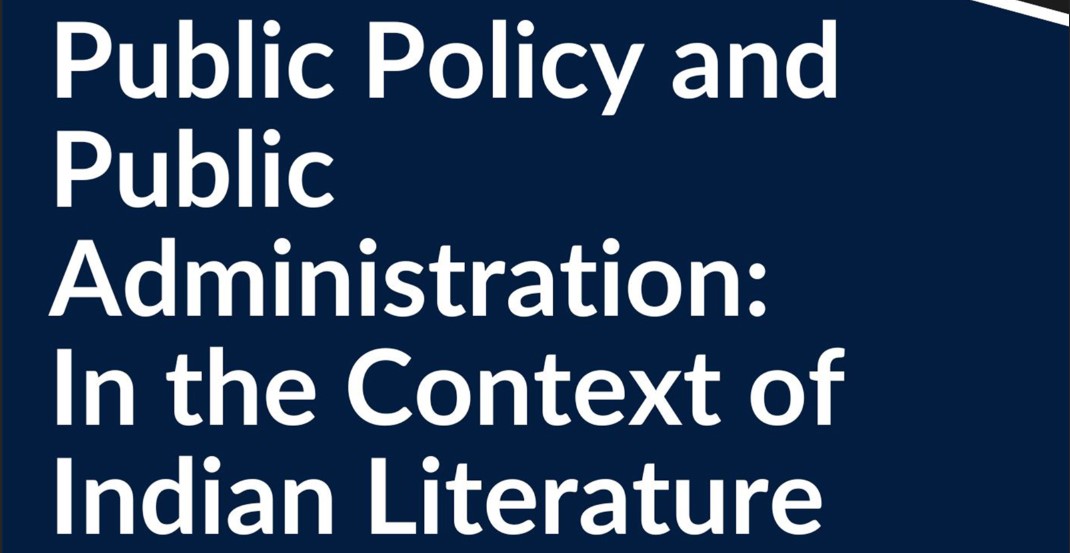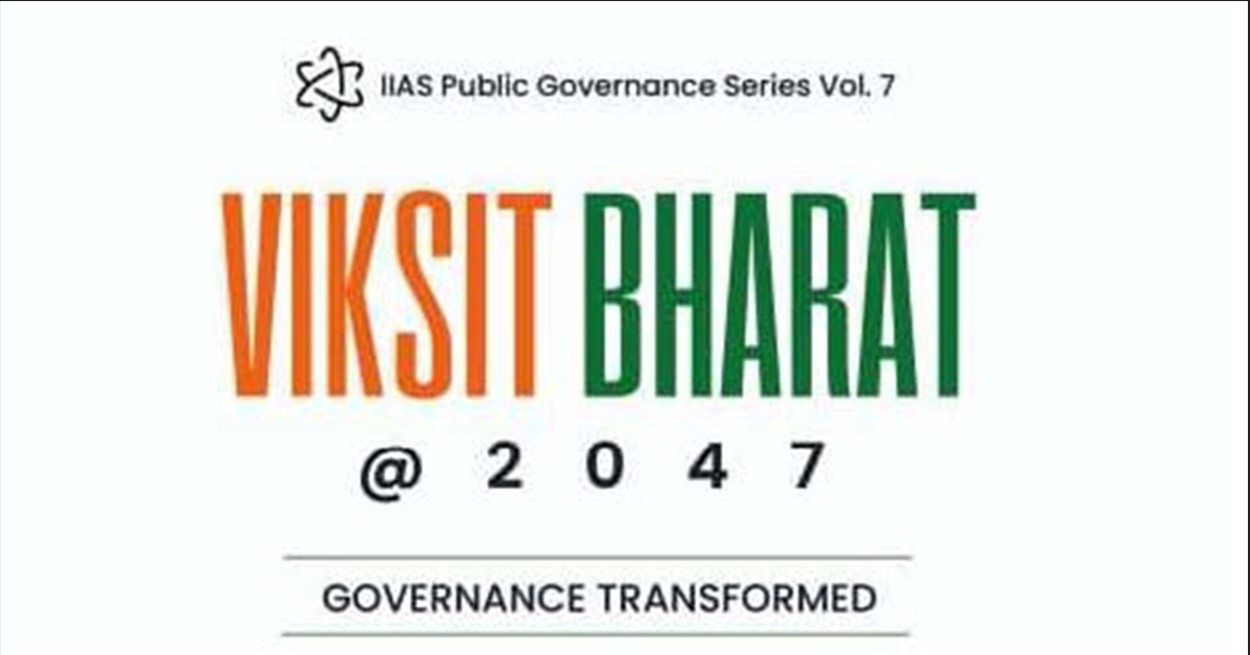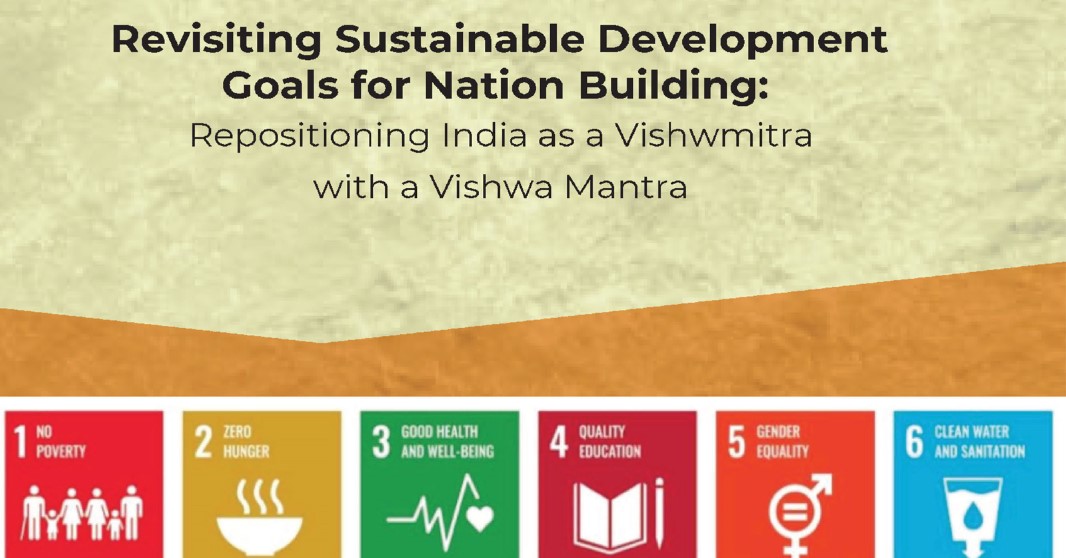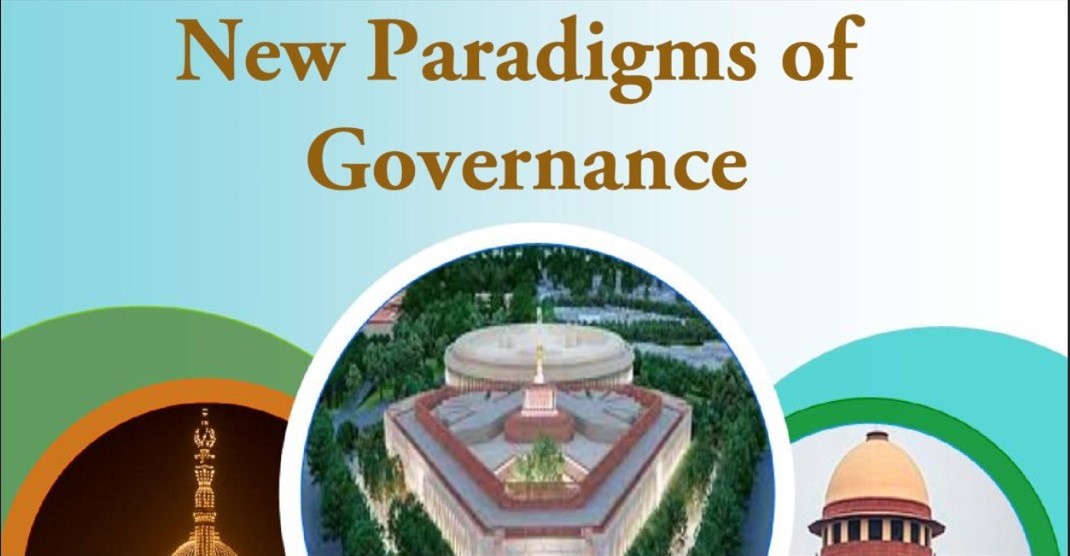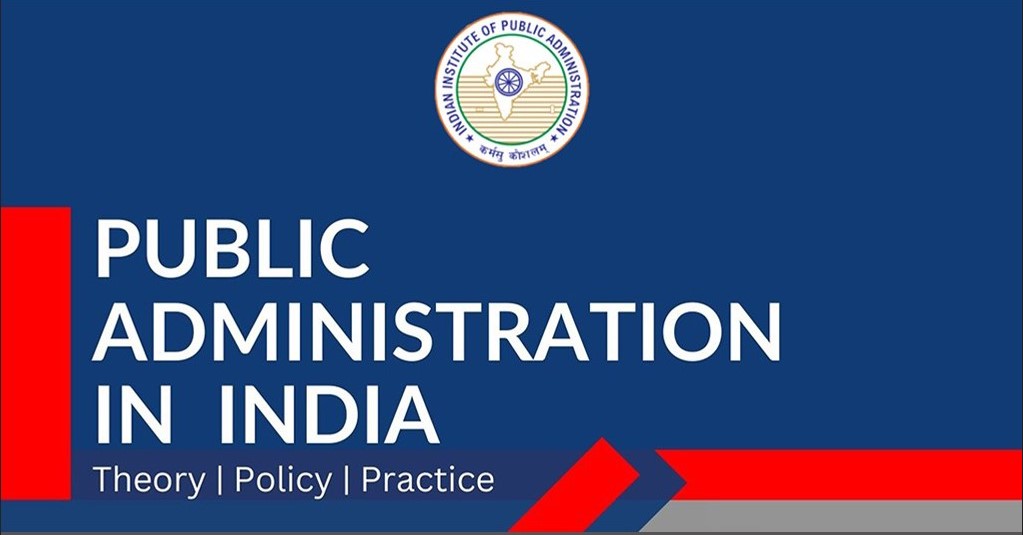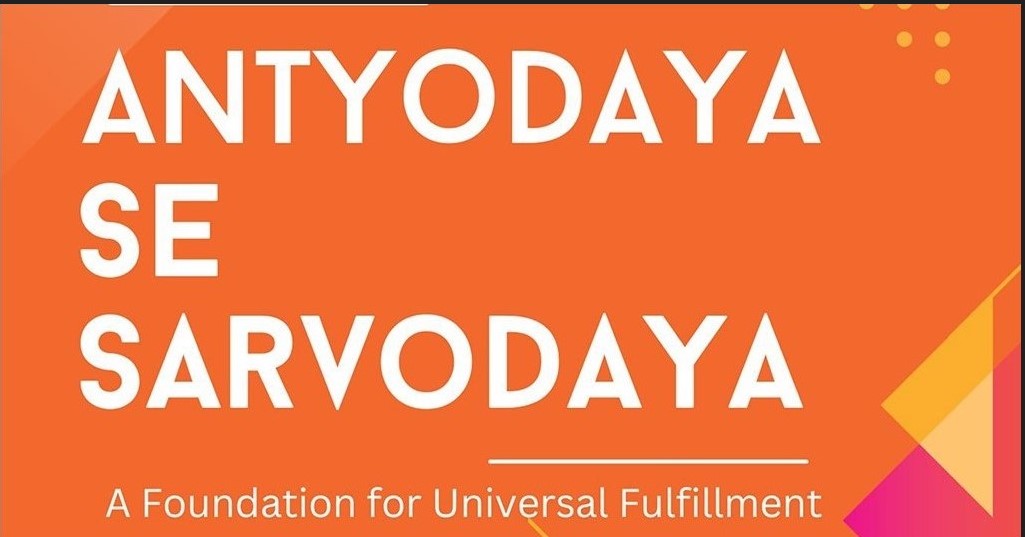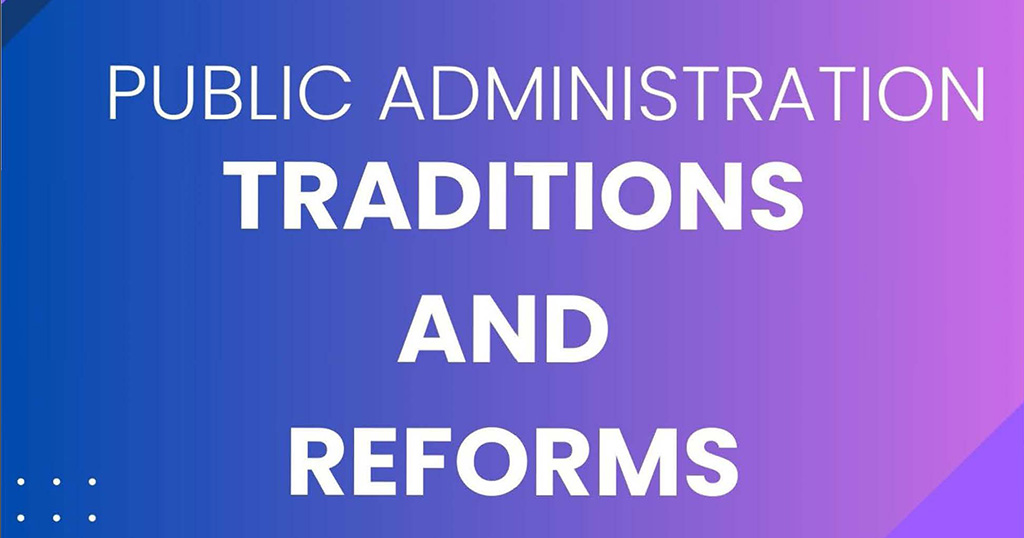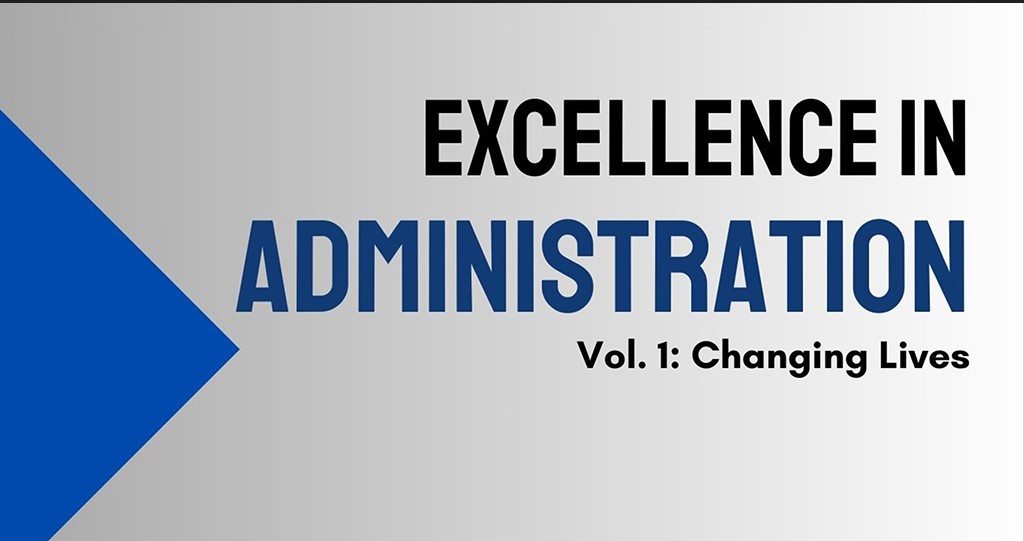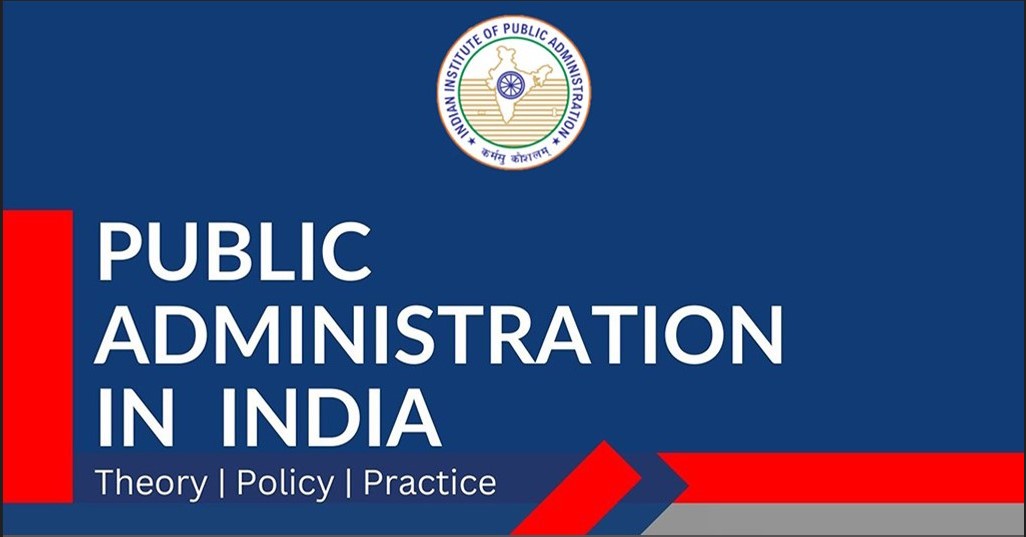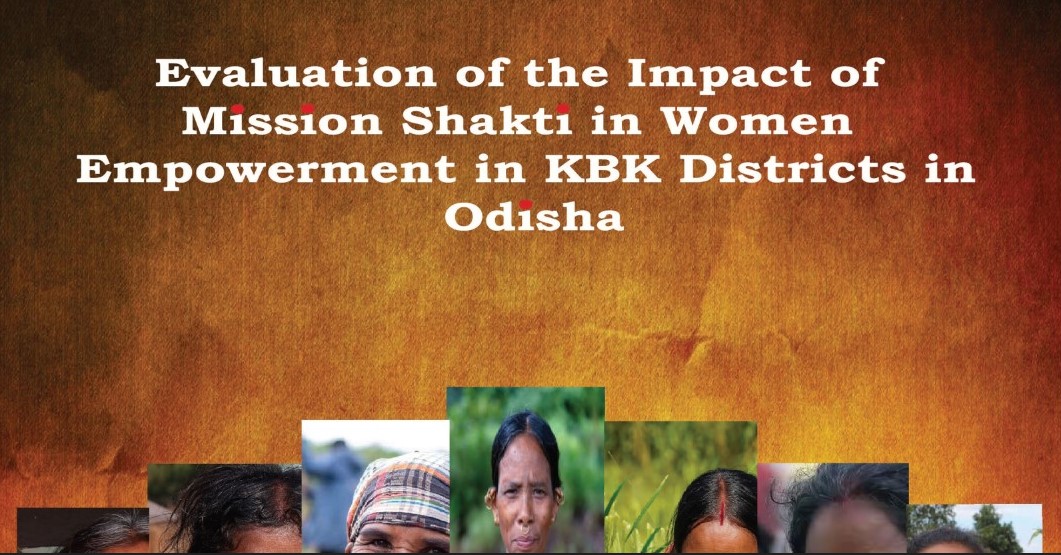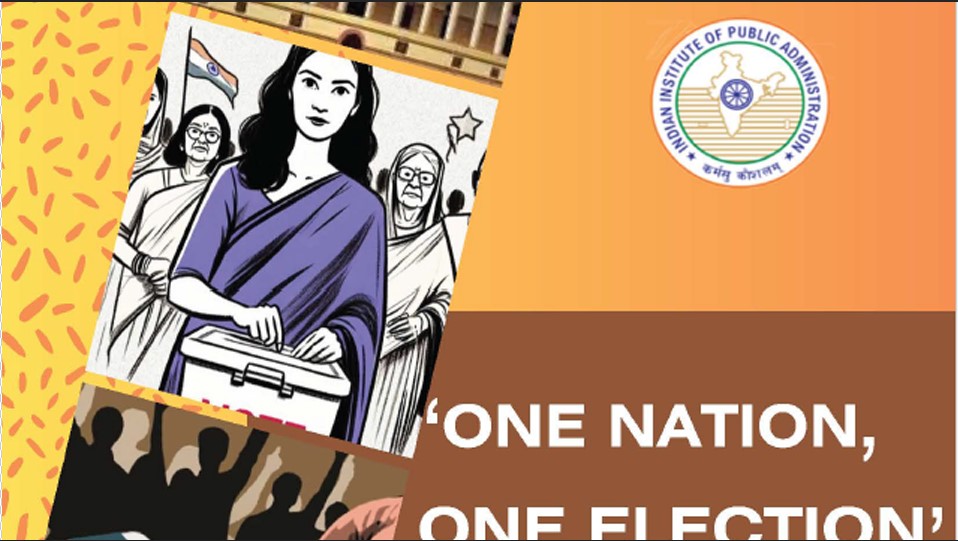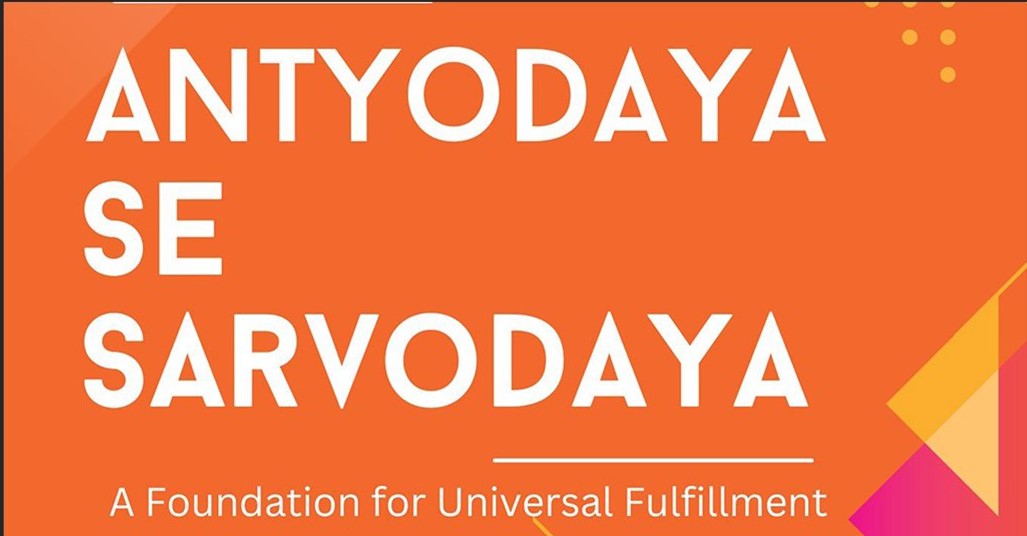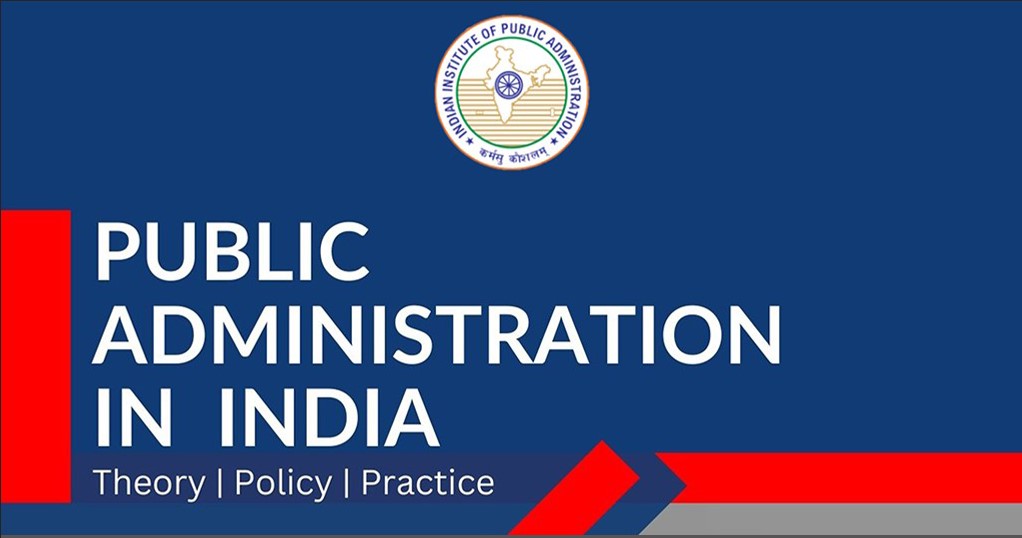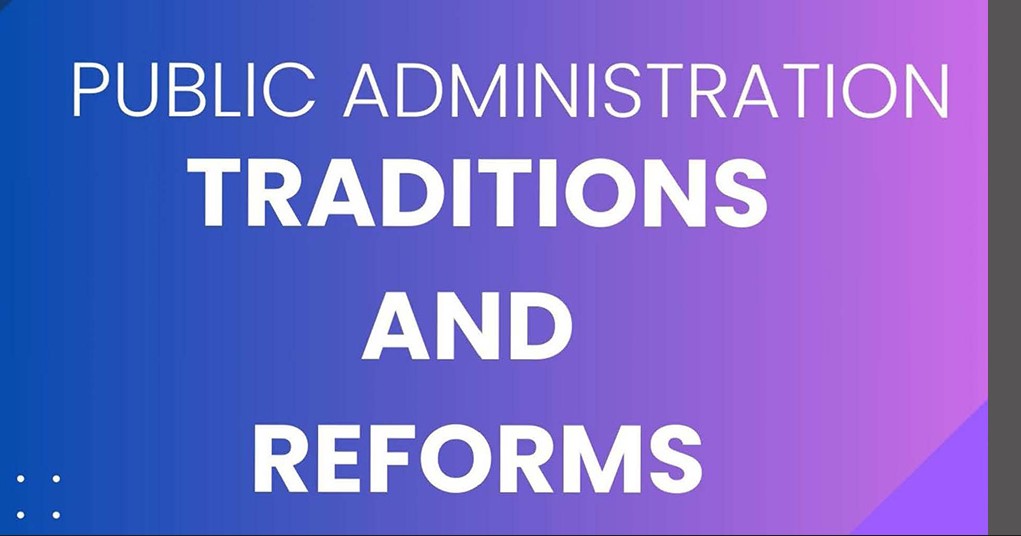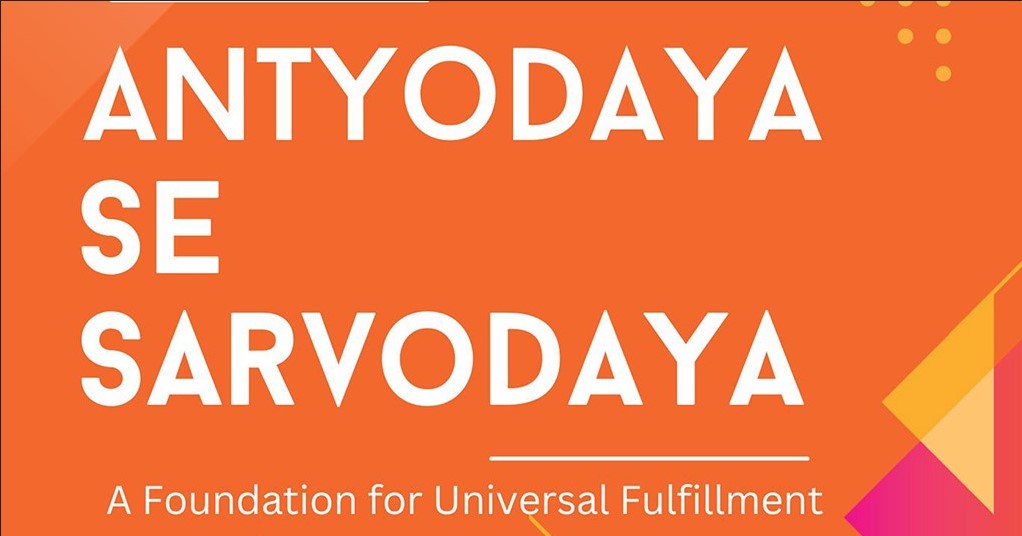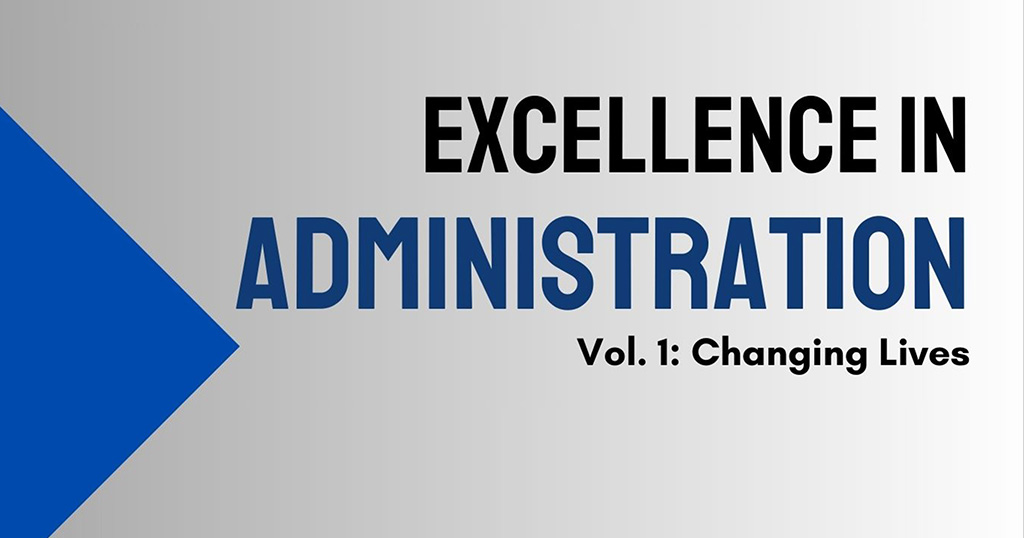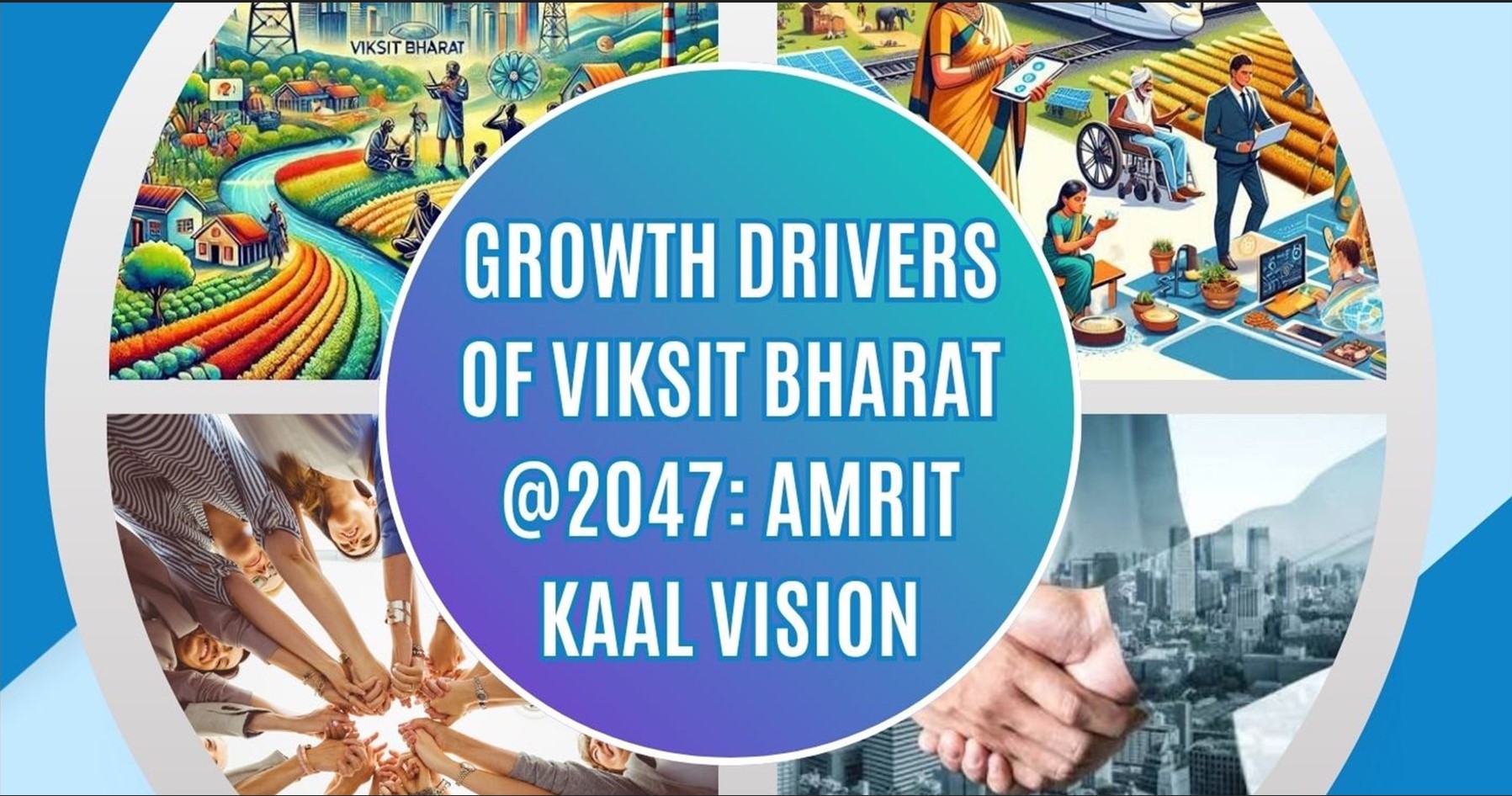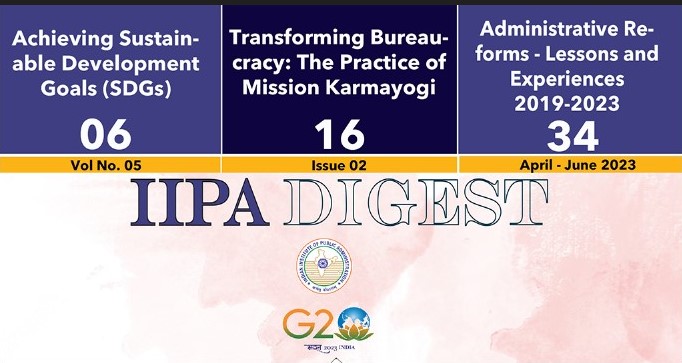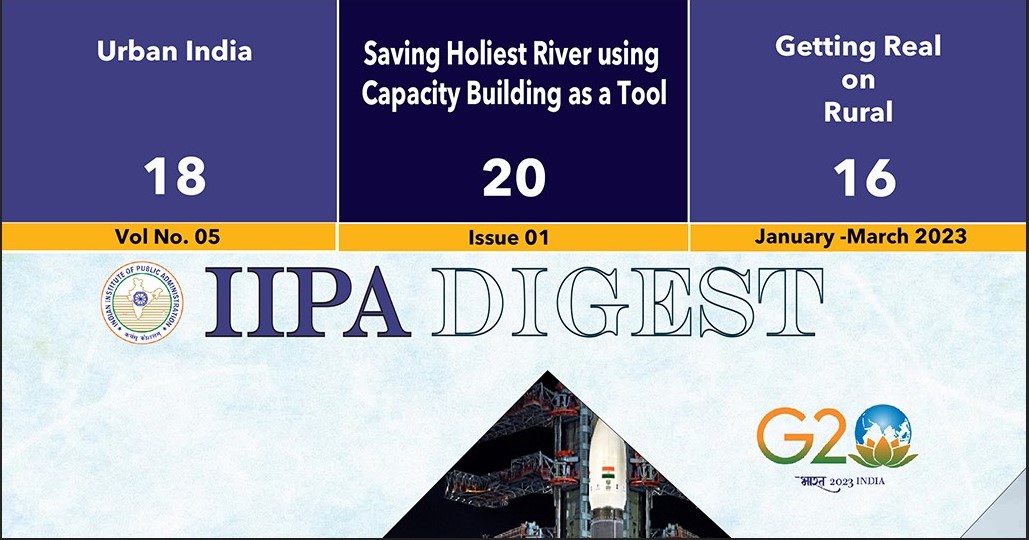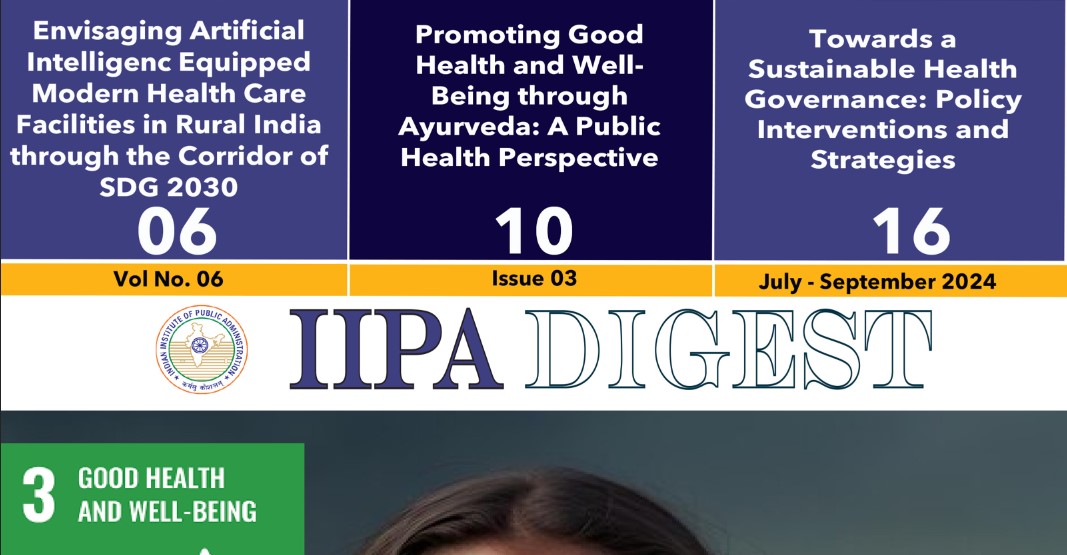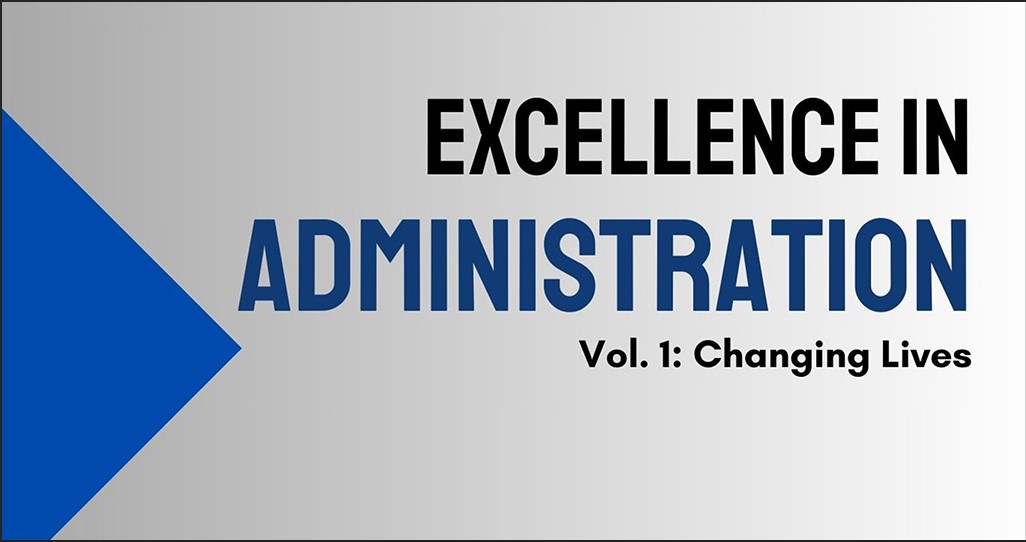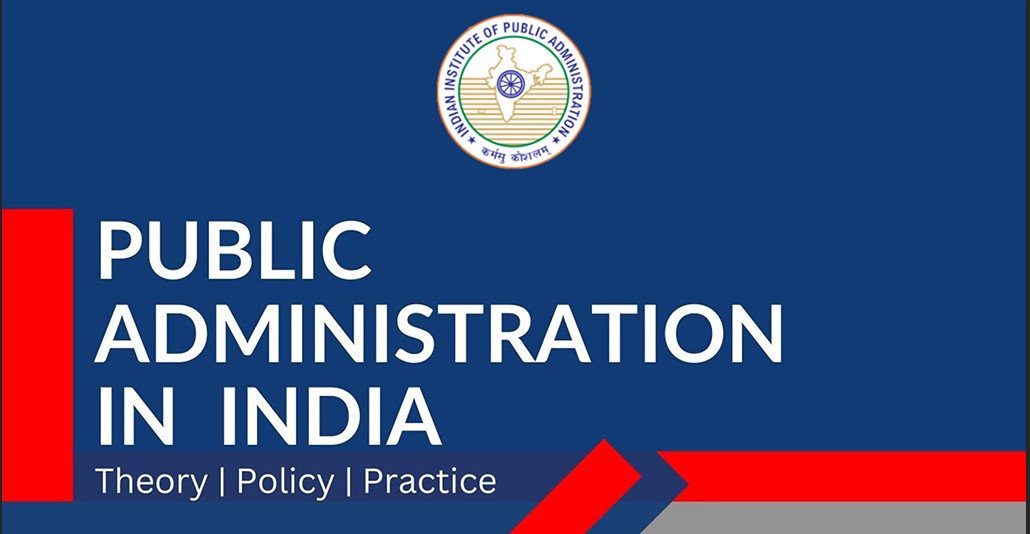Significant Issues in Public Administration
Abstract
This chapter presents an overview of specific significant issues in public administration: Values in Public Service, Regulatory Commissions in India, National Human Rights Commission and Problems of Administration in India. Public administration is not only about enforcing laws or implementing policies; it is also about maintaining ethical integrity, impartiality, and commitment to the public good or welfare. Public service in India is guided by values like integrity, impartiality, and respect for the law, while the National Human Rights Commission (NHRC) works to protect human rights, focusing on issues like arbitrary arrest and discrimination. Regulatory commissions play a crucial role in ensuring fair competition and consumer protection in specific sectors, and efficient and equitable public administration is ensured through transparency, accountability, and participation by curbing problems like bureaucratic inefficiency and corruption.
21 Values in Public Service
21.1.1 Introduction
Public services constitute an essential part of democratic framework for implementing government’s policy. It is necessary that they are honest, efficient and citizen friendly. Public service organisations operate in environments subject to regular change and are replete with competing demands and obligations. In an environment of uncertainties, which is subject to frequent structural and functional change, values provide a compass for guiding activities. If the work of the public service is not based on or driven by an appropriate set of values, it may lose the trust and respect of those who rely on it – ‘the public’. Without strong values, the governance machinery risks becoming corrupt, inefficient, and disconnected from the people, to whom it is supposed to serve.
21.1.2 Public Service Values
Values in public service refer to the principles and moral standards that public administrators must uphold in order to ensure justice, efficiency, and fairness in governance. These values are essential for:
• Ensuring trust between citizens and the government.
• Maintaining neutrality and fairness in decision-making.
• Upholding constitutional and democratic principles.
• Strengthening efficiency and responsiveness in governance.
• Public service as the backbone of governance has to ensure that the state functions effectively and fairly to serve all of its citizens. Public servants play a critical role in the implementation of public policy and should understand the importance of values in all aspects of their work. Lack of clarity or uncertainty about values can not only lead to ethical and decision-making dilemmas, but also affects organisational coherence by diminishing team spirit, creating organisational confusion and weak external communication. Public administrators are responsible not only for understanding the values implicit in the decisions they take, but also for articulating those values clearly for others in the organisation and for external clients. Such external clients may include not only citizens, but also politicians and other stakeholder representatives.
There are seven basic principles of public life as outlined by the Nolan Committee (1994) or Committee on Standards in Public Life in the United Kingdom. These comprise the most comprehensive statements of ethical standards/guidelines for holders of public office:
Selflessness: Acting solely in terms of the public interest.
Integrity: Avoiding obligations to outside individuals or organizations that might seek to influence them.
Objectivity: Making decisions based on evidence and without bias.
Accountability: Being accountable for decisions and actions.
Openness: Being transparent and providing information.
Honesty: Being truthful and straightforward.
Leadership: Setting an example and promoting these principles.
In 1996, the United Nations adopted an ‘International Code of Conduct for Public Officials’ with the following general principles:
A public office, as defined by national law, is a position of trust, implying a duty to act in the public interest.
Public officials shall ensure that they perform their duties and functions efficiently, effectively and with integrity, in accordance with laws or administrative policies.
Public officials shall be attentive, fair and impartial in the performance of their functions and, in particular, in their relations with the public without abuse of power and authority vested in them.
21.1.3 Core Values in Public Service
The current norms as far as Civil Service in India is concerned are enforceable rules of conduct as typified by the Central Civil Services (Conduct) Rules 1964 and the All-India Services (Conduct) Rules, 1968. These rules are designed to prohibit specific actions and behaviors deemed inappropriate for civil servants. However, these do not stand for any code of ethics for civil servants although such codes do exist in other countries. The Draft Public Services Bill, 2007 proposed necessary steps to evolve code of ethics in India which includes:
Patriotism
Allegiance to the Constitution
Objectivity, impartiality, honesty, diligence, courtesy and transparency
Absolute integrity
The bill stipulates that Central authority reviews the adoption, adherence and implementation of Public Service Values in the departments or organisations under the Central government. The Central government promotes Public Service Values and ethical standards in various public service operations to:
• Discharge official duties with competence and accountability.
• Ensure effective management, professional growth and leadership development
• Not to misuse power and public position for personal financial gains.
• Bear in mind the objective that public servants are instruments of good governance and to foster socio-economic development.
The Public Services Bill, 2007 in India aimed at providing a statutory framework for regulating public services, including the appointment and conditions of public servants, and establishing a Public Service Code of Ethics. It proposed a framework for enhancing efficiency and efficacy in public services. While the bill was never enacted into law, it remains a significant document in the ongoing discourse on public service reforms in India. Public servants in India develop and implement public policy within a framework of public service values:
1. Integrity and Honesty
Integrity means strictly binding oneself to moral and ethical principles even when faced with pressure or personal gain. It involves resisting corruption, avoiding conflicts of interest, and maintaining transparency in governance. For instance, Vinod Rai, the former Comptroller and Auditor General (CAG) of India, by exposing financial irregularities in the 2G Spectrum and Coal Allocation, reinforced the importance of integrity in financial governance. When public servants maintain honesty, it not only prevents misuse of public funds but also strengthens citizen trust in public institutions.
2. Impartiality and Political Neutrality
Public administrators must act without bias, so that public policies benefit all deserving citizens regardless of political, religious, or socio-economic affiliations. Political neutrality means bureaucrats serve the Constitution and the rule of law but not the political parties or individual leaders. The Election Commission of India (ECI) serves as a strong example of impartiality, ensuring free and fair elections without political interference. If public officials become politically aligned and behave in a partisan and unfair manner, it may lead to policy manipulations that serve vested interests rather than public welfare.
3. Commitment to Public Welfare
Public servants are not mere policy enforcers but also guardians of public interest. They must prioritize social justice, equality, and the upliftment of marginalized communities. Policies such as MGNREGA (Mahatma Gandhi National Rural Employment Guarantee Act), which provides employment to rural workers or Aadhaar-based direct benefit transfers, reflect an effort to improve and enhance public welfare and economic inclusion. However, commitment to public welfare also means ensuring that schemes are implemented effectively without corruption or inefficiency. If Public servants misuse welfare programs for personal or political gain, it leads to erosion of the trust of public on government institutions.
4. Transparency and Accountability
An accountable administration allows citizens to question, verify, and challenge government decisions, ensuring that public resources are used judiciously. The Right to Information (RTI) Act, 2005, is a landmark legislation that promotes transparency by allowing citizens to access the information from public offices. The RTI Act has been instrumental in exposing bureaucratic corruption, inefficiencies, and delays in public services. When officials are held accountable, governance improves, and citizens develop greater trust in public institutions.
21.1.4 Responsiveness and Citizen - centric Governance
A good administration is sensitive and responsive to the needs of the people. This means:
• Timely redressal of grievances.
• Proactive policy implementation.
• Listening to public concerns and adapting policies accordingly.
In India, initiatives like "MyGov" and the Digital India Mission have brought governance closer to citizens through online grievance redressal mechanisms, digital service delivery, and citizen engagement platforms. When public servants actively engage with people, governance becomes more effective, inclusive, and participatory.
Challenges in Upholding Public Service Values
While values are essential for good governance, real-world challenges often make it difficult for public officials to adhere to them:
• Corruption and Nepotism: Despite anti-corruption laws, bribery and favoritism still exist in public administration.
• Political Pressure: Civil servants often face political influence in transfers, promotions, and policy decisions, which makes political neutrality of public servants a difficult thing.
• Lack of Public Awareness: Many citizens are unaware of their rights and administrative processes, leading to poor accountability mechanisms.
• Bureaucratic Inertia: Traditional bureaucratic systems can be rigid and resistant to change, that slowdowns the governance reforms.
Given the increasing range of demands on the public service, as well as the frequent ambiguity in terms of goals, relationships and responsibilities, value conflicts are not unusual. Traditional Weberian notions of government - hierarchy of authority, meritocracy and impersonality have been swept aside by growing relationships between public, private, public-private and non-profit sector interactions. Public servants are expected to be loyal to a variety of agents - politicians, colleagues and the public. However, these loyalties may on occasion conflict, and the politicisation of civil services raises important questions concerning the application of values.
Greater use of information and communications technology has allowed easier information sharing and the swift transfer of large volumes of information. This poses difficulties for the ability of the public service to maintain confidentiality, particularly in the context of an increased number of actors in the policy-making sphere. Reforming administrative training, strengthening whistleblower protection laws, and promoting ethical leadership in governance can help address these challenges.
21.1.5 Conclusion
Values in public service are not just abstract principles but essential requisites of effective governance. They uphold integrity, impartiality, transparency, and responsiveness which ensures that administration remains trustworthy, efficient, and people-centric. Though challenges exist, continuous reforms and a commitment to ethical governance can ensure that India's public administration evolves to meet the needs of a dynamic society. A well-structured Ethical framework will inspire a public servant to realise a vision, a purpose and an ideal to strive for while carrying out his/her public duties.
21.2 Regulatory Commissions in India
Globalization, privatization, and liberalization brought forth by the New Economic Policy opened the economy to private sector opening the gates to multinational corporations. Private stakeholders were allowed to invest in telecom, power distribution, pensions, food, building highways and toll roads, and other areas. This introduced the idea of regulation. Regularity authorities are agencies of modern democratic governments, parts of the executive wing with a certain degree of statutory or constitutional autonomy, reporting directly to the legislature. With the increasing expansion of the scope and activities of governmental operations, there is a need for regulatory authorities in the context of structural differentiation and functional specialisation.
Regulatory Commissions play a vital role in governance by ensuring fair competition, consumer protection, and sectoral accountability. These bodies act as watchdogs, overseeing key industries and services to prevent monopolistic practices, ensure quality standards, and uphold public interest. In a diverse and rapidly evolving democracy like India, regulatory commissions help balance state control, private enterprise, and citizen welfare, ensuring that economic and social policies align with the principles of transparency, efficiency, and justice. Regulatory Commissions can be constitutional or statutory bodies, with the authority to issue guidelines, monitor compliance, and sometimes even impose penalties. Their quasi-judicial nature allows them to function independently of political influence, making them essential for good governance and economic stability.
21.2.1 The Need for Regulatory Commissions
In modern governance, state control over all sectors is neither feasible nor desirable. Therefore, Regulatory Commissions serve as intermediaries that ensure:
• Fair competition and prevention of monopolies (e.g., Securities and Exchange Board of India -SEBI in stock markets).
• Consumer rights and service quality enforcement (e.g., Telecom Regulatory Authority of India -TRAI in telecom regulation).
• Financial oversight and economic stability (e.g., Reserve Bank of India -RBI’s monetary policy role).
• Environmental sustainability and legal compliance (e.g., National Green Tribunal - NGT’s role in environmental protection).
Their importance is highlighted by Paul Samuelson, an American economist, who argued that market economies require regulation to prevent exploitation and ensure equitable distribution of resources. Similarly, Amartya Sen's work on social choice theory emphasizes that regulatory oversight is essential for ensuring economic justice and protecting weaker sections of society. Regulatory bodies play a significant role in maintaining the balance between public interest and sectoral growth. These institutions ensure compliance, encourage innovation, and foster a fair competitive environment.
21.2.2 Objectives of Regulatory Commission
The regulatory commissions ensure to:
• Safeguard the consumer interest by securing quality and reliable facilities at affordable prices.
• Arrive at a negotiation, as conflict resolution mechanism, among various stakeholders involved.
• Foster competition, plurality, and investment.
• Strike equilibrium in meeting the social welfare objectives based on viability of funds.
Types of Regulatory Bodies in India:
Statutory Independent Regulatory Agencies: These are Autonomous entities established by laws to function independently of government departments. Ex: SEBI, TRAI, and RBI.
Self-Regulatory Authorities: Institutions governed by their own set of rules within the framework of established laws. Ex: The Press Council of India.
It is important to discuss certain statutory regulatory agencies:
1. Reserve Bank of India (RBI)
India's central banking authority, the RBI, plays a critical role in monetary policy, financial stability, and economic regulation. Established in 1935, its core functions are:
• Controlling inflation and interest rates through monetary policy adjustments.
• Regulating banks and financial institutions to prevent financial crises.
• Ensuring currency stability and managing forex reserves.
The RBI’s handling of the banking sector crisis, particularly in the Yes Bank case 2020 and Non- Performing Assets (NPA) crisis underscores the importance of strong financial regulation.
2. Telecom Regulatory Authority of India (TRAI)
Established in 1997, TRAI oversees India's telecommunications sector, ensuring fair pricing, competition, and consumer rights protection. It has played a significant role in reducing mobile call rates, ensuring net neutrality, and expanding digital connectivity. However, concerns over spectrum allocation controversies and the dominance of large telecom companies remain challenges for TRAI.
3. Securities and Exchange Board of India (SEBI)
SEBI, formed in 1992, regulates India's stock markets, ensuring investor protection and transparency. Its role includes:
• Preventing insider trading and financial fraud.
• Overseeing Initial Public Offerings (IPOs) and stock market transactions.
• Investigating corporate governance violations.
Cases like the Harshad Mehta scam (1992) and Yes Bank fraud (2020) highlight the need for stronger enforcement mechanisms to prevent financial malpractice.
4. National Green Tribunal (NGT)
Established in 2010, the NGT is responsible for adjudicating environmental protection cases and sustainable development issues. It has delivered landmark judgments on:
• Banning polluting industries near ecologically sensitive zones.
• Enforcing stricter environmental clearances for industrial projects.
• Penalizing industries violating air and water pollution norms.
However, the NGT lacks direct enforcement power, and its recommendations often face resistance from state governments and corporate entities.
21.2.3 Elements of High-Performance Regulator
A regulatory body must adhere to specific principles that ensure clarity, efficiency, and accountability. The following elements define a high-performance regulator:
Clarity of Purpose: Regulatory bodies must have well-defined and conflict-free objectives. Ambiguous or overlapping mandates can lead to inefficiency and poor performance.
Role and Composition of the Regulatory Board: The board should consist predominantly of non-executive members, ensuring independent oversight. It must oversee organizational design, internal processes, and budget allocation.
Legislative Process: Regulations should be drafted through a structured process starting from the board. Public consultations and cost-benefit analysis must precede finalization. Regulations should be transparent and address public feedback effectively.
Executive Process: Licensing and investigation procedures should be fair and equitable, minimizing harm to applicants and ensuring due process.
Judicial Process: A dedicated administrative law department should ensure separation of powers within the regulatory framework. Transparent hearings and reasoned orders should safeguard against arbitrary decisions, with provisions for appeal at higher tribunals or courts.
Reporting and Accountability: Regulators should publish comprehensive reports detailing their activities and outcomes. These reports should focus on regulatory performance rather than external economic factors.
Role of the Parent Department: The parent government department must define its role clearly, supporting the regulator without compromising its autonomy.
21.2.4 Challenges Faced by Regulatory Commissions
Regulatory Commissions face several obstacles despite their importance in governance:
Political Influence: While many commissions are meant to be independent, political appointments often affect their neutrality. Many regulatory bodies function as extensions of ministries, limiting their autonomy and leading to potential government interference.
Financial and Administrative Constraints: Many commissions suffer from budgetary limitations and lack sufficient manpower for effective enforcement. Most regulatory bodies rely heavily on budgetary allocations, making them vulnerable to political pressures.
Jurisdictional Overlaps: Sometimes, multiple commissions regulate the same sector, leading to confusion and inefficiency. The existence of multiple regulatory bodies leads to overlapping powers, causing confusion and inefficiency. For instance, in the environmental sector, both the Central Pollution Control Board (CPCB) and the National Green Tribunal (NGT) have jurisdiction over similar issues.
Slow Decision-Making: Regulatory bodies often act reactively rather than proactively, which hampers timely decision-making. Bureaucratic delays often weaken the impact of regulatory interventions.
Inadequate Expertise: Regulatory bodies often lack specialized expertise, leading to inefficiencies in decision-making and enforcement.
Corruption and Nepotism: The absence of regular audits and lack of transparency in appointments have resulted in corruption and favouritism in some regulatory bodies.
Vacancies and Under-staffing: Many bodies remain understaffed, and the appointment of non-specialist officers affects their operational efficiency.
21.2.5 Effective Regulatory Governance
Effective regulatory Governance calls for:
Periodic Evaluations: Regulatory bodies should periodically conduct self-evaluation and public accountability evaluations and make their findings publicly available to encourage transparency and informed debates.
Functional and Financial Autonomy: Financial independence to regulatory bodies can be ensured by charging their budgets to the Consolidated Fund of India, reducing dependence on government allocations.
Transparency in Appointments: The process of appointing regulatory heads should be more transparent to eliminate favouritism and enhance credibility.
Legislative Oversight: Parliament should periodically review the performance of regulatory bodies and implement necessary reforms through amendments and legislation.
Technical Assistance: Specialized technical support should be provided to regulatory bodies to enhance their decision-making and enforcement capabilities.
Quasi-Judicial Powers: Empowering regulatory bodies with quasi-judicial powers can streamline dispute resolution and reduce the burden on the judiciary.
Establishing a Regulator of Regulators: As recommended by the Punchhi Commission, creating a “Regulator of Regulators” can ensure accountability and uniformity across regulatory bodies.
Coordination Mechanisms: Improved interdepartmental coordination can prevent overlapping functions and enhance operational efficiency.
21.2.6 2nd ARC Recommendations (12th Report)
• Conduct a comprehensive review of existing laws and regulations, eliminating unnecessary ones and updating outdated procedures for greater compliance ease.
• Establish robust internal supervision of regulatory agencies, complemented by periodic independent assessments to uphold high enforcement standards.
• Promote self-regulation in sectors such as taxation and public health, encouraging voluntary compliance to lessen the enforcement burden.
• Simplify regulatory procedures to be transparent and citizen-friendly, leveraging technology to minimize discretion and enhance transparency, thereby reducing corruption.
21.2.7 2nd ARC Recommendations (13th Report)
• Each Ministry or Department should develop a ‘Management Statement’ that clearly articulates the objectives and roles of each regulator.
• Establish greater consistency in the terms of appointment, tenure, and removal of regulatory authorities to ensure their independence and stability.
• Strengthen parliamentary oversight of regulatory bodies through Departmental Related Standing Committees to enhance accountability and transparency.
• Involve citizen groups and professional organizations in regulatory activities to distribute the enforcement burden and verify compliance.
21.2.8 Conclusion
Regulatory bodies are indispensable for ensuring good governance and upholding democratic values. These institutions can play a transformative role in India’s development by fostering transparency, autonomy, and accountability. Strengthening these bodies with adequate resources, skilled personnel, and well-defined mandates is imperative to realise their full potential. A reformed regulatory framework will not only enhance sectoral efficiency but also pave the way for a corruption-free, economically strong, and globally competitive India. It is imperative to empower them to lead the nation towards sustainable growth and good governance.
21.3 National Human Rights Commission
The National Human Rights Commission (NHRC) is a vital institution tasked with safeguarding human rights and ensuring the protection of individuals’ lives, liberty, equality, and dignity. It is the guardian of human rights in India and works for protection of civil liberties and fundamental rights as guaranteed by the Constitution and international human rights conventions. It was established under the Protection of Human Rights Act, 1993. It is based on the Paris Principles (1991), a United Nations framework that outlines guidelines for national human rights institutions to function independently and effectively.
21.3.1 NHRC Objectives:
The National Human Rights Commission aimed at enhancing the framework for addressing human rights issues in India was established with several specific objectives to:
• Strengthen institutional arrangements that allow for a comprehensive and focused approach to addressing human rights issues.
• Investigate allegations of excesses by authorities independently, demonstrating the government’s commitment to safeguarding human rights.
• Complement and bolster existing efforts aimed at promoting and protecting human rights.
21.3.2 Composition and Structure of NHRC
The National Human Rights Commission is a multi-member body. It consists of a chairperson and five members, each bringing a wealth of experience and expertise to the commission. The composition is as follows:
Full-Time Members: The chairperson should be either a retired Chief Justice of India or a judge of the Supreme Court.
Members: Members include a sitting or retired judge of the Supreme Court, a sitting or retired Chief Justice of a High Court, and three individuals (with at least one being a woman) who possess knowledge or practical experience in human rights.
Seven Ex-officio Members: In addition to these full-time members, the commission includes seven ex-officio members, comprising the chairpersons of various national commissions, including: The National Commission for Minorities, The National Commission for Scheduled Castes (NCSCs), The National Commission for Scheduled Tribes (NCSTs),The National Commission for Women, The National Commission for Backward Classes (NCBCs),The National Commission for Protection of Child Rights,The Chief Commissioner for Persons with Disabilities.
This composition ensures that the NHRC includes judicial expertise, administrative experience, and human rights specialists to carry out its mandate effectively.
The NHRC derives its authority from the Protection of Human Rights Act, 1993, which empowers it to:
• Investigate human rights violations committed by public officials or institutions.
• Recommend policy changes and legal reforms to strengthen human rights protection.
• Promote awareness through research, publications, and training programs.
• Monitor the functioning of State Human Rights Commissions (SHRCs).
21.3.3 Key Functions and Powers of NHRC
1. Investigating Human Rights Violations - The NHRC can take Suo motu cognizance of human rights violations based on complaints, media reports, or independent investigations. It can summon officials, demand reports, and recommend actions against public authorities. It dealt many notable cases including investigations into extrajudicial killings, torture in police custody, and atrocities against marginalized communities.
2. Monitoring Human Rights Compliance in Governance - The NHRC reviews existing laws, regulations, and policies to assess their compliance with human rights principles. It has recommended police reforms, prison reforms, and better implementation of welfare schemes for vulnerable groups. To create Human Rights Awareness to public and to educate government officials and law enforcement agencies on human rights issues, it conducts training programs, workshops, and awareness campaigns.
3. Compensation and Rehabilitation for Victims - The NHRC can recommend monetary compensation, medical assistance, and legal aid to victims of human rights abuses. For example, in the Hashimpura Massacre case (1987), where police killed 42 Muslim men, the NHRC intervened to ensure that the victims' families received compensation and justice.
4. Prison Inspections and Custodial Justice - The NHRC monitors prison conditions, police lock-ups, and detention centers to prevent torture, inhumane treatment, and deaths in custody. 1t has raised concerns over overcrowding in prisons, lack of medical facilities for inmates, and the need for rehabilitation programs.
21.3.4 Landmark Interventions by NHRC
1. Custodial Deaths and Police Brutality: The NHRC has played a key role in investigating custodial deaths and recommending judicial oversight in police interrogations. Example: In the Manipur extrajudicial killings case, the NHRC recommended stronger enforcement of human rights guidelines for security forces.
2. Dalit and Tribal Rights: The NHRC has intervened in cases of caste-based atrocities, ensuring legal protection for Dalit and tribal communities. In the Khairlanji massacre (2006), where a Dalit family was brutally murdered, the NHRC pressurised law enforcement agencies to ensure justice.
3. Protection of Women and Children: The NHRC has been active in cases of human trafficking, child labor, and domestic violence. It has actively involved in framing stronger anti-human trafficking laws and monitoring orphanages and shelter homes.
4. Refugee and Migrant Rights: The NHRC has advocated for humane treatment of refugees, migrant workers, and displaced communities. During the COVID-19 lockdown, the NHRC recommended welfare measures for migrant workers stranded due to sudden restrictions.
21.3.5 Challenges
Human rights form the foundation of democracy, and the NHRC plays a crucial role in preventing abuse of power, safeguarding the dignity of individuals, and holding public authorities accountable. However, despite its importance, the NHRC faces challenges in implementation, enforcement, and independence:
1. Lack of Enforcement Power: The NHRC can only recommend actions but cannot prosecute or enforce its rulings. This makes its interventions largely advisory rather than legally binding. Many of its recommendations are ignored or delayed by the government, which reduces its impact.
2. Limited Jurisdiction over Armed Forces: Under the Armed Forces (Special Powers) Act (AFSPA), the NHRC cannot directly investigate human rights violations committed by the armed forces, that weakens accountability in conflict-prone regions like Kashmir and the Northeast.
3. Political Influence and Bureaucratic Delays: Members of the NHRC are appointed by a committee dominated by the ruling government, raising concerns about its independence and many of its investigations face delays due to non-cooperation from law enforcement agencies.
4. Resource and Manpower Constraints: The NHRC lacks adequate funding, staff, and infrastructure, limiting its ability to handle the large volume of human rights complaints.
5. Overlapping Jurisdiction with other Bodies:Multiple commissions (such as State Human Rights Commissions and judicial bodies) handle similar cases, leading to overlapping responsibilities and delays in justice delivery.
21.3.6 How to Strengthen NHRC?
• Granting enforcement powers so that its recommendations are binding.
• Expanding its jurisdiction to allow direct investigations into security forces.
• Ensuring financial autonomy so that it does not depend on government funding.
• Strengthening coordination with State Human Rights Commissions (SHRCs) for better local governance.
• Encouraging citizen participation and awareness to make human rights a grassroots movement.
21.3.7 Conclusion
The NHRC is one of the most important institutions for protecting civil liberties and human dignity in India. While it has made significant contributions in addressing human rights violations, its effectiveness is limited by lack of enforcement power, political influence, and administrative delays. Strengthening the NHRC’s autonomy, resources, and jurisdiction would enable it to function more effectively, ensuring that justice is not just promised, but delivered.A stronger NHRC would ensure that human rights remain a cornerstone of democracy, reinforcing India's commitment to justice, equality, and constitutional morality.
21.4 Problems of Administration in India
21.4.1 Introduction
Public administration as the backbone of governance is responsible for implementing policies, managing public services, and ensuring law and order. However, the Indian administrative system faces several structural and operational challenges, which hinder its efficiency, transparency, and responsiveness. Issues such as bureaucratic inefficiency, political interference, corruption, lack of accountability, and poor service delivery continue to undermine the effectiveness of governance.
India's vast and diverse socio-political landscape makes administration even more complex. While significant reforms have been introduced, still many problems persist. Addressing these challenges is essential for achieving good governance, economic growth, and social justice.
1. Bureaucratic Inefficiency and Red Tapism
One of the most pressing issues in Indian administration is bureaucratic inefficiency, often characterized by red tape, excessive regulations, and procedural delays. This leads to undue formalism with too much emphasis on ‘procedure through proper channel’ and precedents. The colonial legacy of hierarchical decision-making and rigid administrative structures still persist, making governance slow, complex, and inaccessible to the common citizen. Government processes often involve multiple levels of approvals that delay projects and increases the costs. Citizens and businesses struggle with lengthy clearance procedures discouraging entrepreneurship and investment. Lack of innovation and adaptability in administration also slows down policy implementation.
For instance, before economic liberalization in 1991, the License-Permit Raj required businesses to obtain multiple approvals for operation, leading to inefficiency and corruption. Even today, setting up a business in India often requires navigating through complicated bureaucratic hurdles.
E-Governance initiatives such as Digital India and online service portals can help streamline bureaucratic processes. Simplifying regulatory frameworks and reducing procedural complexities can improve administrative efficiency.
2. Political Interference in Administration
While democratic governance requires coordination between politicians and administrators, excessive political interference weakens the neutrality and effectiveness of public administration. Bureaucrats often face political pressure in transfers, promotions, and decision-making. Officers resisting corruption or political manipulation are frequently transferred or side-lined and policy decisions are sometimes influenced by political agendas, rather than public interest. For instance, Ashok Khemka, an honest IAS officer, was transferred multiple times for exposing corruption in land deals. His case highlights how political influence disrupts administrative integrity.
Implementing fixed tenure for bureaucrats can reduce political interference. There is also a need for strengthening civil service autonomy through effective performance evaluation mechanisms.
3. Corruption and Lack of Accountability
Corruption remains one of the biggest challenges in Indian administration. Despite anti-corruption measures like the Lokpal and Prevention of Corruption Act; bribery, nepotism, and misuse of power are common in public offices. High-level corruption has led to major scams, such as the 2G Spectrum Scam (2010) and Coal Allocation Scam (2012), resulting in huge financial losses to the government. Petty corruption affects ordinary citizens in areas like getting a driver's license, land registration, or ration card, and weak enforcement of anti-corruption laws allows corrupt officials to evade punishment.
The solution lies in strengthening institutions like the Central Vigilance Commission (CVC) and Lokpal to investigate corruption cases and promoting citizen engagement through Right to Information (RTI) to hold officials accountable.
4. Poor Policy Implementation and Service Delivery
India has progressive policies and welfare schemes, but the gap between formulation and execution is a major problem. Many government schemes fail due to lack of coordination between departments, leakages in fund allocation and mismanagement and inadequate monitoring and accountability mechanisms.
For example, the Public Distribution System (PDS), meant to provide subsidized food to the poor, suffers from leakages, fake beneficiaries, and inefficiency. Similarly, while MGNREGA (Mahatma Gandhi National Rural Employment Guarantee Act) provides employment to rural workers, delays in wage payments and corruption reduce its effectiveness.
Proper implementation of Direct Benefit Transfer (DBT) reduces leakages in welfare schemes. Strengthening social audits and public monitoring can ensure better implementation of policies and programmes.
5. Lack of Transparency and Citizen Participation
Governance should be open, accountable, and participatory, but many administrative decisions in India are made without public consultation. Bureaucratic procedures are opaque, making it difficult for citizens to access information about government decisions. Delay in RTI responses weakens transparency and limits citizen oversight. For instance, large infrastructure projects such as the POSCO steel project in Odisha have faced opposition due to lack of public consent and improper land acquisition processes.
This necessitates strengthening RTI enforcement to ensure timely responses and greater public access to government information. Encouraging citizen engagement through participatory governance platforms like MyGov.in will have positive outcomes in administration.
6. Judicial Delays and Administrative Injustice
A strong legal framework is essential for good governance, but India's judicial and administrative dispute resolution systems suffer from backlog of cases, there are over four crore cases pending in Indian courts. Delays in service tribunals and grievance redressal bodies and weak enforcement of judicial orders, reduce the effectiveness of legal rulings.For instance, land acquisition disputes often take years or even decades to resolve, delaying industrial and infrastructure projects.
Implementing fast-track courts for administrative disputes and strengthening tribunals and alternative dispute resolution (ADR) mechanisms is the need of the hour
7. Ineffective Decentralization and Local Governance Issues
Despite constitutional provisions for Panchayati Raj Institutions (PRIs) and Urban Local Bodies (ULBs), many local governments lack financial autonomy and depend on state governments for funds. They do not have enough trained personnel to implement policies effectively and political interference often limit their decision-making power. For instance, despite the 73rd and 74th Constitutional Amendments, municipal corporations struggle with poor infrastructure, inadequate revenue generation, and corruption.
It is important to ensure devolution of powers to local bodies with proper financial and administrative independence and provide training and capacity building for local government officials.
8. Resistance to Administrative Reforms
Many reform proposals face bureaucratic and political resistance, leading to slow progress in modernizing administration. The Second Administrative Reforms Commission (ARC) recommended major governance reforms, but implementation has been slow. Bureaucrats often resist changes that reduce their discretionary powers and politicians oppose reforms that increase transparency and reduce rent-seeking opportunities.
There is a need to:
• Implement merit-based promotions and performance-linked incentives for bureaucrats.
• Strengthen civil society and media oversight to push for administrative accountability.
21.4.2 Conclusion
The problems of administration in India are deeply rooted in historical, structural, and political factors. Bureaucratic inefficiency, corruption, political interference, and weak service delivery hinder governance effectiveness. However, recent reforms such as e-Governance, Digital India, and Direct Benefit Transfer (DBT) have shown that systemic improvements are possible. Moving forward, strengthening accountability, transparency, and citizen engagement will be essential for creating an efficient, responsive, and people-centric administration.
Leave a comment
More articles from Governance & Polity
